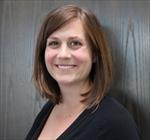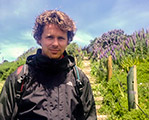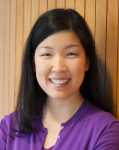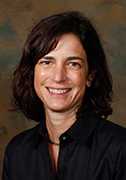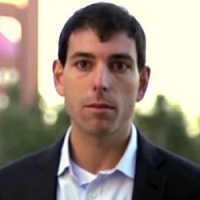Author Interviews, Endocrinology, JAMA, Radiology, Surgical Research, UCSF / 28.07.2015
Bilateral Adrenal Incidentalomas May Have Different Etiology Than Unilateral
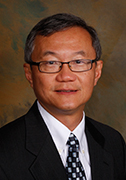 MedicalResearch.com Interview with:
Quan-Yang Duh MD
Chief, Section of Endocrine Surgery
UCSF Medical Center
Medical Research: What is the background for this study? What are the main findings?
Dr. Quan-Yang Duh: At UCSF we have a monthly Adrenal Conference (involving surgeons, endocrinologists and radiologists) to discuss patients we are consulted for adrenal tumors. About 30% of these are for incidentally discovered adrenal tumors (versus those found because of specific indications such as clinical suspicion or genetic screening). Of these 15-20% has bilateral adrenal tumors.
The evaluation of unilateral incidentaloma has been very well studied and many national guidelines have been published with specific management recommendations. So during our monthly adrenal conference, we have a routine "script" for evaluation and recommendations (rule out metastasis by looking for primary cancer elsewhere, rule out pheochromocytoma and Cushing, resect secreting tumors or large tumors, and if no operation recommended repeat scan in 6 months, etc.). This “script” has worked very well for patients with unilateral incidentaloma.
However, we were less certain when we made recommendations about bilateral incidentalomas because there was very little literature or guidelines written about it. We had some gut feelings, but we were not sure that we were recommending the right things. We needed more data. That was the main reason for the study.
What we found in our study was that although the possible subclinical diseases were the same – hypercortisolism and pheochromocytoma, the probabilities were different. The patients with bilateral incidentalomas were more likely to have subclinical Cushing’s and less likely to have pheochromocytomas than those with unilateral incidentalomas.
(more…)
MedicalResearch.com Interview with:
Quan-Yang Duh MD
Chief, Section of Endocrine Surgery
UCSF Medical Center
Medical Research: What is the background for this study? What are the main findings?
Dr. Quan-Yang Duh: At UCSF we have a monthly Adrenal Conference (involving surgeons, endocrinologists and radiologists) to discuss patients we are consulted for adrenal tumors. About 30% of these are for incidentally discovered adrenal tumors (versus those found because of specific indications such as clinical suspicion or genetic screening). Of these 15-20% has bilateral adrenal tumors.
The evaluation of unilateral incidentaloma has been very well studied and many national guidelines have been published with specific management recommendations. So during our monthly adrenal conference, we have a routine "script" for evaluation and recommendations (rule out metastasis by looking for primary cancer elsewhere, rule out pheochromocytoma and Cushing, resect secreting tumors or large tumors, and if no operation recommended repeat scan in 6 months, etc.). This “script” has worked very well for patients with unilateral incidentaloma.
However, we were less certain when we made recommendations about bilateral incidentalomas because there was very little literature or guidelines written about it. We had some gut feelings, but we were not sure that we were recommending the right things. We needed more data. That was the main reason for the study.
What we found in our study was that although the possible subclinical diseases were the same – hypercortisolism and pheochromocytoma, the probabilities were different. The patients with bilateral incidentalomas were more likely to have subclinical Cushing’s and less likely to have pheochromocytomas than those with unilateral incidentalomas.
(more…)
